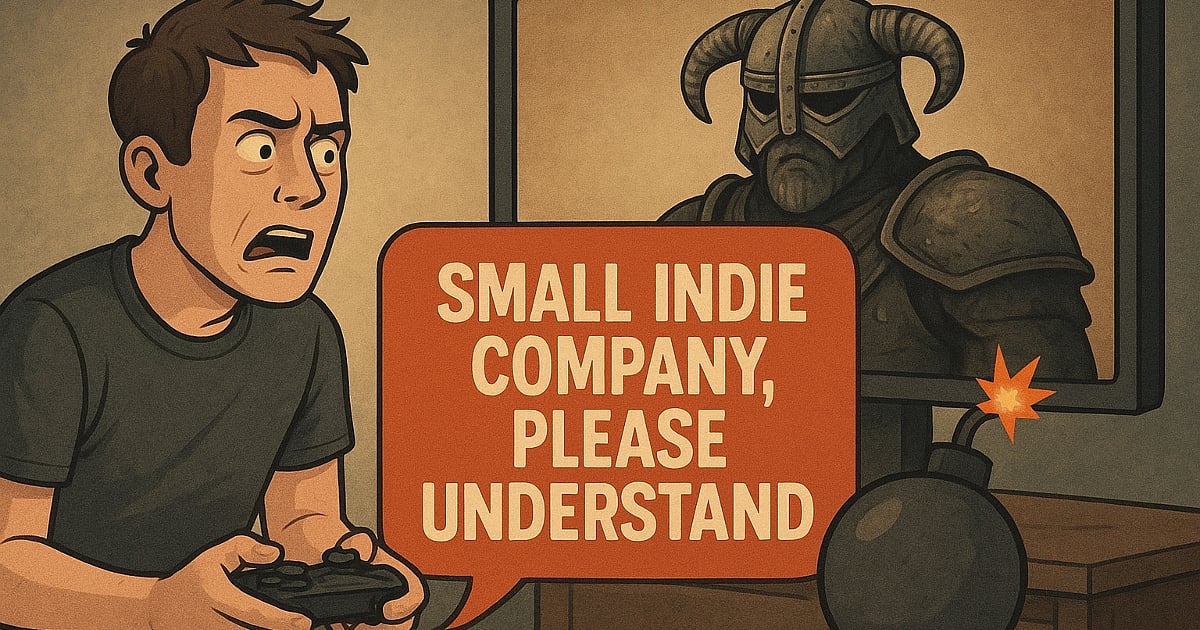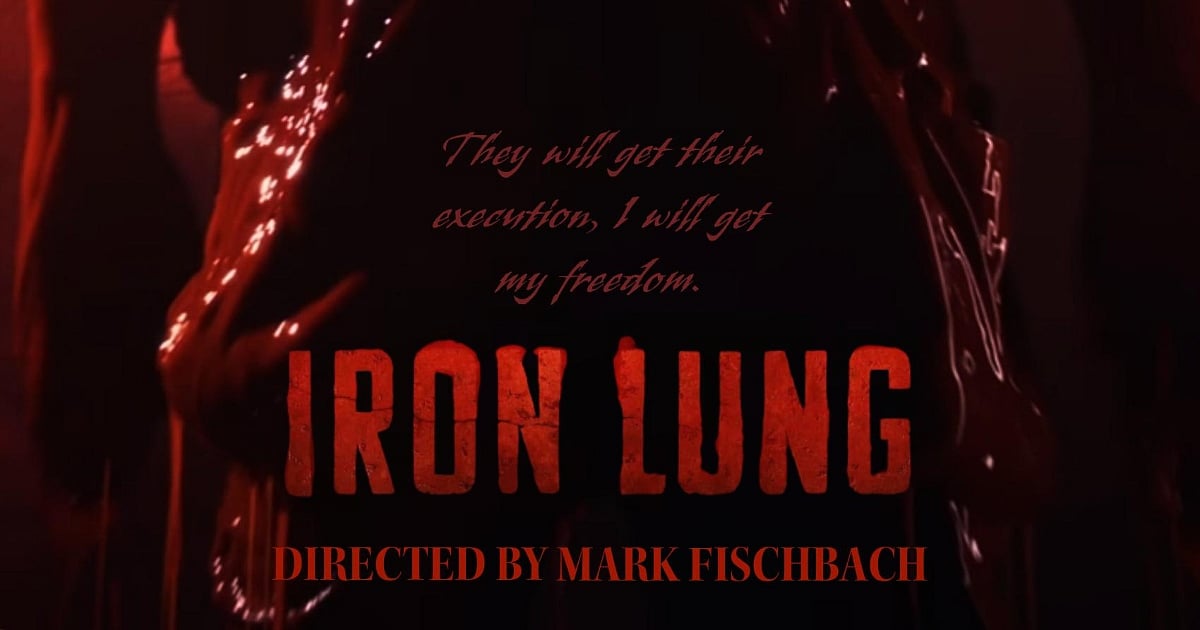
Viral Tweet vs. The 'Small Indie' AAA Excuse
How A Viral Tweet Exposed A Big Problem In AAA Gaming
How a viral tweet exposed the frustrating truth: in an era of billion-dollar games, why does innovation feel like it's going in reverse?
Highlights
- A viral tweet questioned why today's biggest games can't match the features of older titles like Oblivion.
- Fans are rejecting the "small indie company" excuse for billion-dollar franchises that underdeliver.
- The industry's success has made major brands risk-averse, often sacrificing innovation for profit.
The gaming world often finds its voice in 280 characters or less, and sometimes, a single post can perfectly capture a frustration that has been simmering within the community for years. A recent viral tweet from the user GamesNosh (@GamesNosh) did just that.
It read, "lmao. THE BIGGEST MEDIA PROPERTY ON THE PLANET. And it can't even do what Oblivion did on a much bigger scale TWENTY years ago. I cannot believe people are unironically still pulling this 'small indie company, please understand' schtick in 2025."
The post was sharp, funny, and immediately relatable. It exploded online because it voiced a widespread sentiment among players: in an era dominated by billion-dollar franchises, why does progress sometimes feel more like regression?
The Paradox of Scale: Bigger Doesn’t Always Mean Better
At the heart of GamesNosh's tweet is a frustration that resonates across the entire entertainment world. The phrase “biggest media property on the planet” could easily refer to titans like Pokémon, Star Wars, or Marvel—brands so massive they shape global pop culture. Yet, when these giants release games that feel creatively limited, fans are left asking, 'Why?'
The comparison to The Elder Scrolls IV: Oblivion (2006) is especially potent. Two decades ago, that game delivered an expansive open world with an innovative "Radiant AI" system, which gave NPCs unscripted daily lives, making the world feel tangible and alive.
Even the 2025 remaster—a significant overhaul by Virtuos using Unreal Engine 5—focuses on preserving that original systemic depth. When a modern franchise with a vastly bigger budget fails to replicate or surpass this level of immersion, it feels less like a technical limitation and more like a failure of creative vision.
The “Small Indie Company” Defense
The tweet also takes direct aim at the familiar defence used when major studios face criticism: the "small indie company" schtick. Fans who are emotionally invested in a series will often defend its shortcomings by citing small teams or budget constraints.
This argument may have worked in the early 2010s, but as the tweet implies, it’s a tough sell in 2025. Today’s gaming community is far more aware of the massive corporate structures and publisher strategies behind major titles.
When games are backed by billion-dollar conglomerates and promoted with marketing budgets that rival Hollywood blockbusters, the “indie underdog” narrative simply doesn't hold up.
Nostalgia Meets Expectation
While it's easy to dismiss these comparisons as simple nostalgia, the sentiment runs deeper. It’s a comparative critique of what the industry now values. Back in Oblivion’s era, players craved large, explorable worlds filled with discovery, even if they came with a few bugs.
Today, with the rise of live-service models, player expectations have shifted towards cinematic polish and constant updates. However, when those new games lack the immersive soul of their predecessors, nostalgia becomes a powerful benchmark. Players look back and echo the tweet’s sentiment: “If a 2006 game could do it, why can’t one of the richest franchises in the world do it now?”
It highlights a growing feeling that messy, risky innovation has been sacrificed for the mathematical safety of quarterly profits.
The Industry’s Identity Conflict
Ultimately, the viral reaction to the tweet points to a larger truth: the gaming industry is struggling with its own success. The bigger a brand becomes, the more cautious and risk-averse it tends to grow.
Projects that should be pushing creative boundaries are often constrained by investor demands and strict licensing agreements, resulting in world-building that feels more like a familiar template with a new coat of paint.
This becomes even more obvious when compared to smaller, independent studios that continue to surprise audiences with bold new ideas. When billion-dollar franchises play it safe while indie creators innovate against the odds, the audience notices. And as that tweet proves, they are no longer afraid to call it out.

Author
Krishna Goswami is a content writer at Outlook India, where she delves into the vibrant worlds of pop culture, gaming, and esports. A graduate of the Indian Institute of Mass Communication (IIMC) with a PG Diploma in English Journalism, she brings a strong journalistic foundation to her work. Her prior newsroom experience equips her to deliver sharp, insightful, and engaging content on the latest trends in the digital world.
Krishna Goswami is a content writer at Outlook India, where she delves into the vibrant worlds of pop culture, gaming, and esports. A graduate of the Indian Institute of Mass Communication (IIMC) with a PG Diploma in English Journalism, she brings a strong journalistic foundation to her work. Her prior newsroom experience equips her to deliver sharp, insightful, and engaging content on the latest trends in the digital world.
Related Articles







